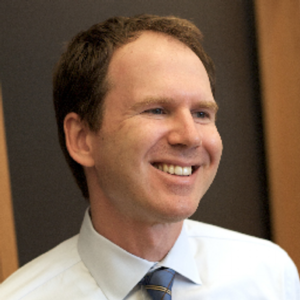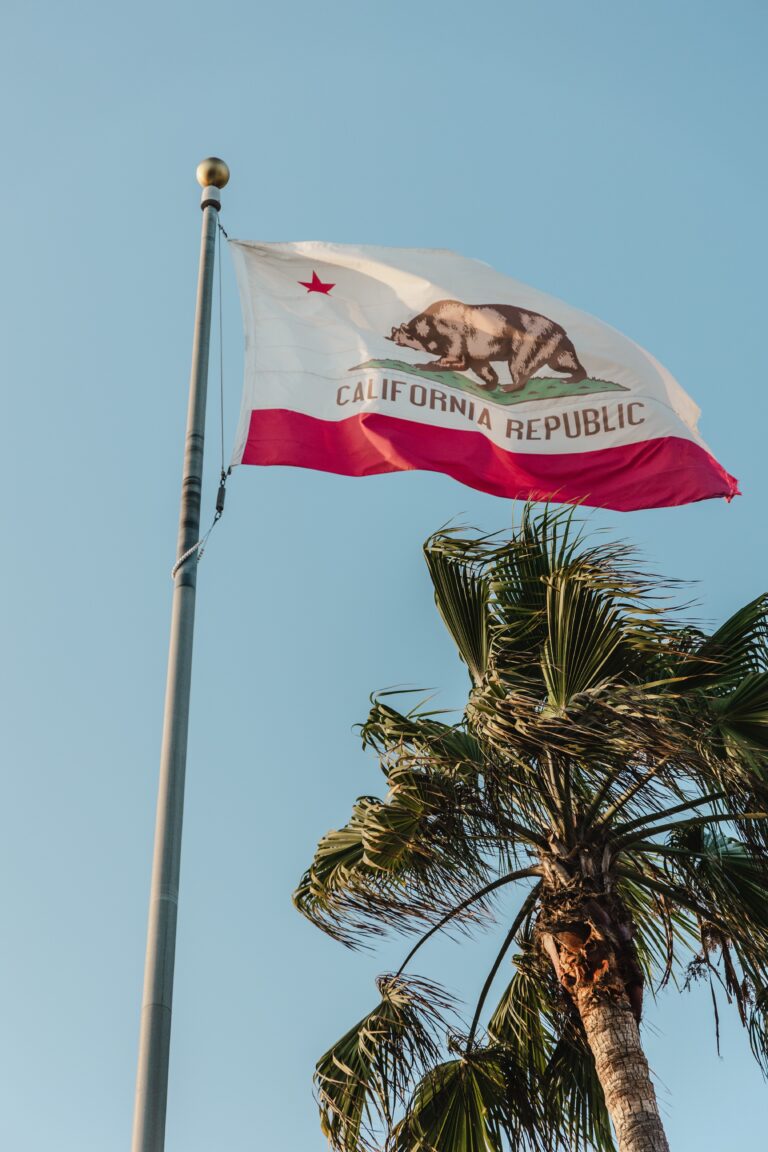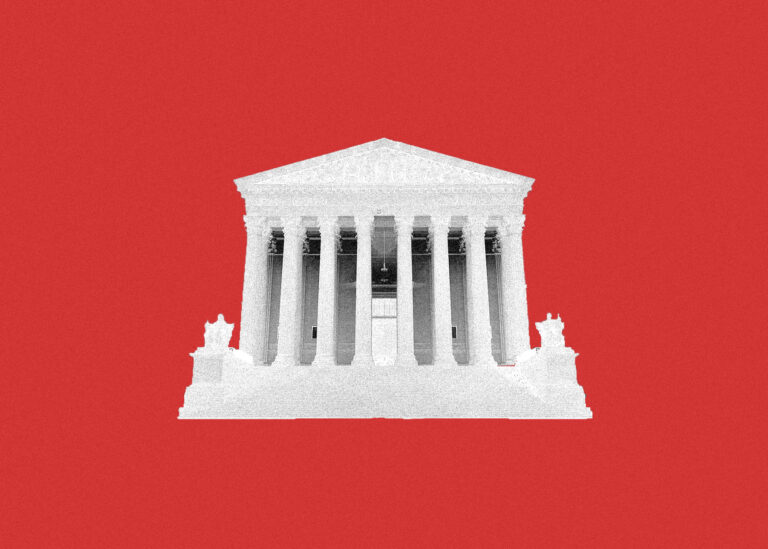
Benjamin Sachs is the Kestnbaum Professor of Labor and Industry at Harvard Law School and a leading expert in the field of labor law and labor relations. He is also faculty director of the Center for Labor and a Just Economy. Professor Sachs teaches courses in labor law, employment law, and law and social change, and his writing focuses on union organizing and unions in American politics. Prior to joining the Harvard faculty in 2008, Professor Sachs was the Joseph Goldstein Fellow at Yale Law School. From 2002-2006, he served as Assistant General Counsel of the Service Employees International Union (SEIU) in Washington, D.C. Professor Sachs graduated from Yale Law School in 1998, and served as a judicial law clerk to the Honorable Stephen Reinhardt of the United States Court of Appeals for the Ninth Circuit. His writing has appeared in the Harvard Law Review, the Yale Law Journal, the Columbia Law Review, the New York Times and elsewhere. Professor Sachs received the Yale Law School teaching award in 2007 and in 2013 received the Sacks-Freund Award for Teaching Excellence at Harvard Law School. He can be reached at [email protected].

Sharon Block is a Professor of Practice and the Executive Director of the Center for Labor and a Just Economy at Harvard Law School.
In September, we worried that the Trump Administration was using Epic Systems (aka Murphy Oil) to lay the groundwork for curtailing protection of concerted activity outside the union organizing and collective bargaining context. To our relief, Epic Systems does limited damage to section 7 of the NLRA: the Court refuses to recognize in § 7 a right to class action litigation or class arbitration, but holds nothing about other § 7 activity.
Critically, the Epic Systems Court did not disturb the central holding of Eastex, Inc. v. NLRB, that § 7 protects the distribution – in the workplace – of a political newsletter advocating the defeat of right-to-work legislation. While the Court does categorize as dicta Eastex’s statement that Section 7 covers “employees’ resort to administrative and judicial forums,” Eastex’s protection for political activities related to employees’ status as employees remains intact. More broadly, despite the Trump Administration’s invitation to do so, the Court does not label as “residual” concerted activities other than union organizing and collective bargaining.
This isn’t to say, however, that our September worry has dissipated. The Epic Systems opinion does warrant continued vigilance about where this Court may go next if presented with another case concerning critical § 7 activity outside the scope of union organizing and collective bargaining.
First, nothing in the opinion reaffirms the principle that § 7 should be read broadly, despite the fact that the NLRB’s general counsel emphasized this in his brief and despite Justice Ginsburg’s passionate defense of such a reading in her dissent.
Second, there are several themes in the Court’s opinion that could support a more constrained interpretation of § 7’s protections:
- As Maddy describes, in rejecting the NLRB’s view that § 7 covers participation in collective litigation, the Court relies on the canon of ejusdem generis to limit covered “concerted activities” to those that fit within the ambit of “self-organizing” and collective bargaining. To be sure, the opinion doesn’t make the definition of “self-organizing” clear, and the courts and the Board have long viewed the term expansively. But the risk is that the invocation of ejusdem generis is an invitation for a narrower interpretation, one that might exclude, for example, the use of social media to air complaints.
- Next, the opinion relies on an originalist approach to interpreting the scope of § 7, rejecting coverage of collective litigation based on the assumption that the framers of the NLRA could not have been thinking about protecting such activity when they passed the Act. Such an analytic frame might also be used to exclude more modern forms of collective action, including, again, things like the use of social media.
- Finally, the opinion rejects what it calls the dissent’s “vast construction” of § 7. Instead, the majority chooses to read “linguistic and statutory . . . clues” to narrow the scope of § 7 from what the legislative history or “definitions of the component words” suggest.
In Epic Systems, the Court deploys each of these arguments only to hold that §7 does not protect collective litigation; each of these arguments, however, might be used to limit coverage for concerted activity outside of traditional union organizing or collective bargaining.
As we argued in September, the scope of § 7’s protections is critically important to workers’ collective action in the contemporary labor market, and so the Court’s future direction on this subject matters enormously. Indeed, for the vast majority of workers who are not currently in a traditional union, and who may never have the opportunity to join one, the scope of § 7 activity outside the union and collective bargaining context is all that matters. Thus, a definition of “concerted activity” limited to traditional union organizing and bargaining would leave all of those workers with no protection when they try to stand up for themselves.
Workers’ participation in the “Day Without Immigrants” is an important example of what is at stake. In April, the Board released a memo concluding that Section 7 protected employees of EZ Industrial Solutions who participated in nationwide pro-immigration rallies. The memo found that “the Board has long recognized that Section 7 protection extends to concerted political advocacy when the subject matter of that advocacy has a direct nexus to employees’ ‘interests as employees’.” Participation in the Day Without Immigrants rallies must continue to count as “self-organizing” in order to ensure that workers who act collectively in ways like this don’t risk their jobs for doing so.
As more and more worker collective action moves to the internet, the political realm, and into the public forum, how the Court defines the scope of § 7 will define the future of worker voice and power. Should the Court restrict §7 and leave workers unprotected by a statute clearly meant to protect them, it will be up to a future Congress to repair the damage.









Daily News & Commentary
Start your day with our roundup of the latest labor developments. See all
April 15
The Supreme Court ruled in favor of bakery delivery drivers in an exemption from mandatory arbitration case; A Teamsters Local ends its 18-month strike by accepting settlement payments and agreeing to dissolve
April 14
SAG-AFTRA wins AI protections; DeSantis signs Florida bill preempting local employment regulation; NLRB judge says Whole Foods subpoenas violate federal labor law.
April 12
The EEOC weighs in on an anti-discrimination lawsuit against Workday; a rule expanding overtime protection moves closer to publication; Amazon decreases spending on anti-union consultants.
April 11
Maine Legislature votes to grant farm workers minimum wage and labor rights; Apple store workers in New Jersey petition to unionize; and Wisconsin Governor vetoes legislation to rollback child labor laws.
April 10
NLRB general counsel vows not to succumb to pressure from SpaceX, Amazon, and others, the NLRB will seek make-whole remedies for unlawful work rules, and the LA County Federation of Labor joins the call for a ceasefire in Gaza.
April 9
UAW files for election at Alabama Mercedes plant; recent German law might boost UAW's organizing campaigns; Chicago Trader Joe's store files for election